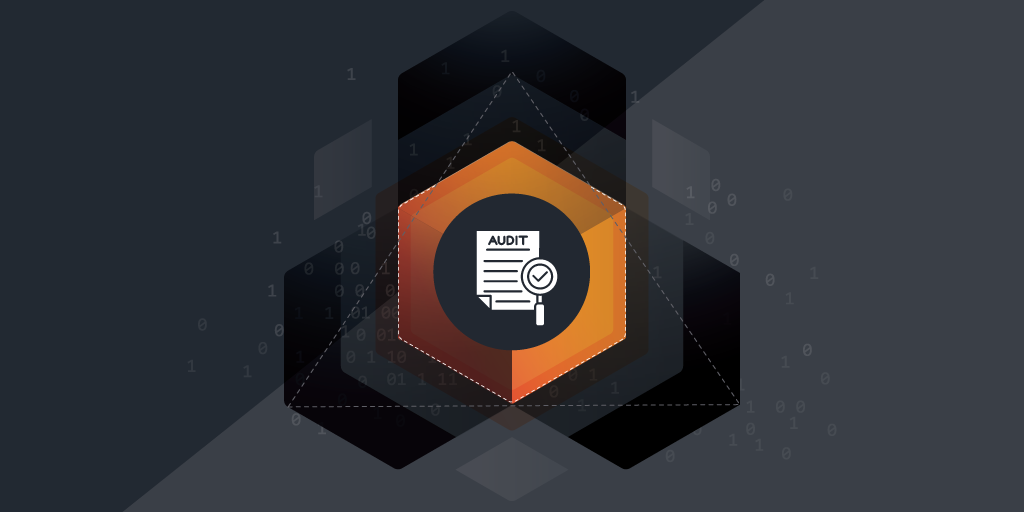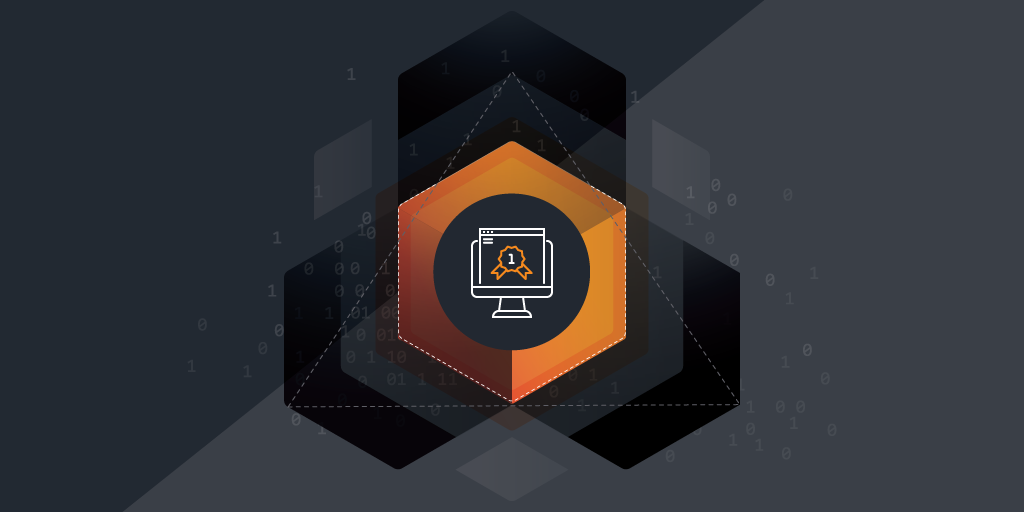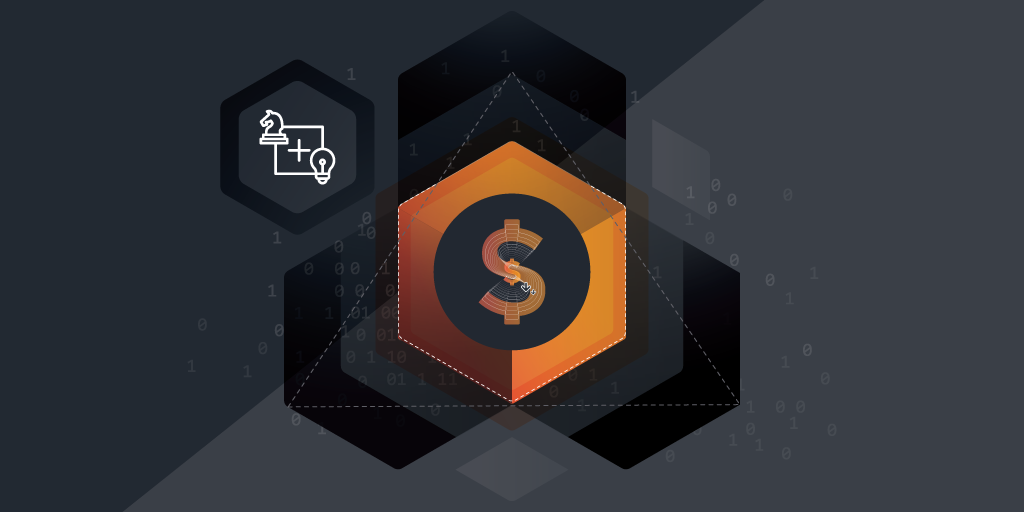
When your company is subjected to a software license audit, the CIO and IT Director rely on you to provide the technical expertise they need to ensure accurate and reliable data. The collected information serves as a foundation for formulating a strategy to maintain compliance and control costs. But as a seasoned IT professional, you know the real challenge lies in balancing these demands with your already-packed schedule.
That’s why understanding how to conduct a software license audit efficiently is crucial—not just to meet organizational expectations but also to save you time. In this article, we’ll explore practical steps, tools, and best practices to help you navigate the audit process like a pro. Whether you’re managing licenses for a small team or an enterprise-scale operation, these tips will empower you to handle audits with confidence and deliver results that benefit your organization.
What Is a Software License Audit?
A software license audit is a process where a software vendor reviews your organization’s usage of their software to ensure compliance with the licensing agreement. This audit typically happens when a vendor decides to check if their software is being used within the terms set out in the license or contract. Audits can be triggered randomly or based on usage patterns, and they can happen at any time. Most often they are conducted annually or when there’s a change in your software usage.
If your organization fails an audit, it can lead to significant consequences, including penalties, unexpected costs to purchase additional licenses, or even service disruptions if non-compliance is discovered. As the system administrator responsible for the technical aspects of software management, it’s critical that you ensure your organization is always prepared for such audits. This means being proactive in managing software licenses, accurately tracking usage, and addressing compliance risks before they escalate.
The audit process involves a deep dive into your software usage, comparing it against your existing licenses and entitlements, and determining whether the right number of licenses have been purchased for the actual use. Vendors typically request documentation such as license agreements, purchase records, and inventory of software installations. Your role is to ensure that all this data is readily available, well documented, and up to date, so you can confidently prove your compliance.
Steps to Conduct a Successful Software License Audit
Always Be Prepared for an Audit
The best way to handle a software license audit is to be ready before it happens. Regularly review your software licenses, installations, and usage to ensure everything matches your agreements. Start by implementing software license tracking tools. These tools give you an up-to-date view of the software installed across your organization, how it’s being used, and whether you’re compliant with licensing terms. Staying informed helps you avoid surprises during an audit.
Centralize Your License Data
Scattered records are a recipe for confusion and wasted time. Create a centralized repository for all your licensing information, including agreements, entitlements, and usage reports. Using license management software can simplify this step. With these tools, you can store all your licensing data in one place. This makes it easy to access the data whenever you need it. Plus, you’ll save yourself the headache of hunting down missing documents or tracking outdated records.
Automate License Management
Relying on spreadsheets or manual checks leaves room for errors that could cost you during an audit. By adopting license management software, you can automate tasks like tracking installations, monitoring usage, and verifying compliance. These tools also send alerts if there’s a potential issue, such as an expired license or overuse. Automation helps you save time and ensures accuracy, so you can focus on higher-value tasks.
Review Your Software Entitlements
Understanding your software entitlements—the rights your organization has to use specific software—is crucial. Review your agreements carefully to ensure you’re not exceeding the terms. For example, some licenses limit the number of users or devices, while others restrict where or how the software can be used. Keeping track of these details ensures that you’re staying compliant and ready for an audit.
Identify and Resolve Compliance Gaps
If you discover discrepancies between your usage and your entitlements, address them right away. This might mean purchasing additional licenses, reallocating unused ones, or adjusting how the software is deployed. License management software makes this process easier by highlighting areas where your organization might be at risk. Acting on these insights proactively saves you from costly penalties down the road.
Save Time and Reduce Costs With License Management Software
Investing in license management software is one of the best moves you can make. Not only does it streamline your audit preparation, but it also provides long-term benefits for your organization. Here’s how:
- Audit Readiness: Centralized data and automated compliance checks mean you’re always prepared for an audit, no matter when it happens.
- Time Savings: Automated tracking and reporting eliminate manual effort, freeing up your time for other priorities.
- Improved Accuracy: With real-time software license tracking, you always know where you stand. No more second-guessing outdated information or last-minute scrambling.
- Cost Optimization: These tools identify unused or underutilized licenses, helping you cut unnecessary expenses and allocate resources effectively.
Pro Tips for a Stress-Free Audit
To ensure a stress-free software license audit, start by communicating early with your team. Let them know about the upcoming audit as soon as possible, and clearly define their roles in the process. For instance, assign responsibilities for gathering software usage data, managing inventory tools, or liaising with the auditor. Clear and timely communication prevents confusion and fosters collaboration. This ensures everyone is aligned with the objectives.
Additionally, don’t hesitate to work with your software vendors if you have questions or need assistance. Vendors can offer valuable insights into your software entitlements and licensing terms, which can help clarify ambiguities. For example, if you’re unsure whether a license covers multiple users or devices, reaching out to the vendor could prevent potential compliance issues.
Finally, document everything meticulously. Keep detailed records of your audit preparation, including the tools you use, the steps you take, and any challenges you encounter. For example, if you use license management software to track compliance, note how it was implemented and what reports were generated. These records not only help streamline the current audit but also serve as a valuable resource for future audits, allowing you to refine your processes and reduce the likelihood of discrepancies.
Why Your Role Is Crucial
As a system administrator, your role is crucial during a software license audit, as you’re responsible for ensuring compliance. Vendors typically don’t look at your software usage from a general perspective; they want precise, detailed information about how each piece of software is being used, where it’s deployed, and whether the number of licenses matches the usage. Without your expertise, the audit process can become chaotic, risking non-compliance, penalties, unexpected costs, or service disruptions.
Your ability to collect accurate data is vital. This includes knowing which software is installed, understanding the terms of software agreements, and tracking user entitlements. Without proper tracking, you may face difficulties during the audit.
Using tools like license management software simplifies the process. These tools centralize software assets, track usage, and manage entitlements. They allow you to generate accurate reports quickly. Proactive license tracking builds a solid foundation for ongoing software management and audits.
Addressing compliance risks proactively helps prevent issues before they arise. By regularly checking for license mismatches or over-usage, you reduce risks before the audit.
Ultimately, your involvement in software license management ensures compliance, optimizes software usage, and positions your organization for success. By owning this process, you save time, reduce costs, and ensure your company is always ready for audits and future software changes.
Combine Asset Discovery with SAM and Watch Your Savings Grow
Tackle your next software license audit with ease; Get the right tools from Lansweeper. Lansweeper’s powerful asset discovery solution simplifies software license tracking by centralizing data and providing accurate, real-time insights into your software installs and usage. Lansweeper ensures you’re always audit-ready, saving you time and reducing costs—exactly what every system administrator needs.
Take the stress out of audits and turn them into opportunities to optimize your IT environment. Experience how Lansweeper can transform your license management process with a free demo today.
See Lansweeper in Action – Watch Our Demo Video
Sit back and dive into the Lansweeper interface & core capabilities to learn how Lansweeper can help your team thrive.
WATCH DEMO

